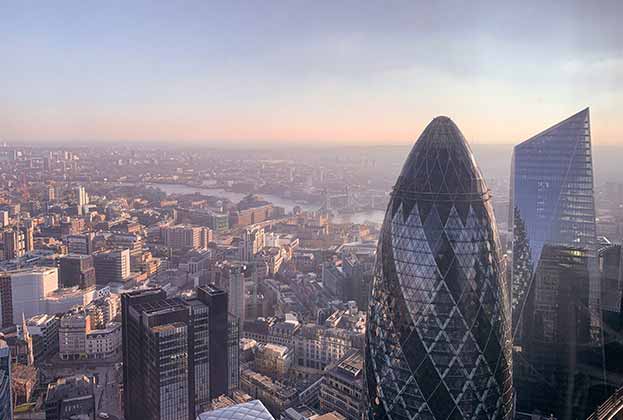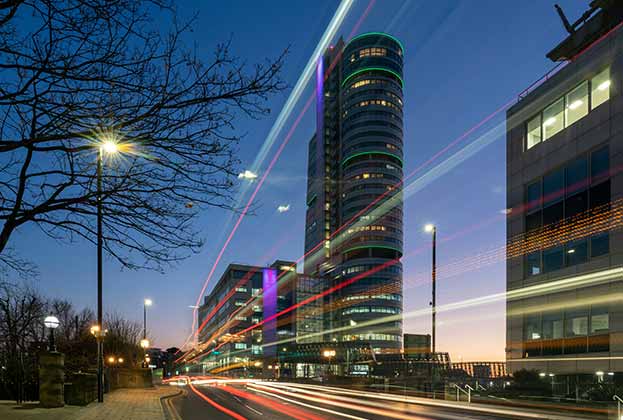With 68 per cent of the global population predicted to live in an urban area by 2050, it’s not surprising that the last decade or so has been dominated by the drive towards city living and working.
While this figure might stand true in the longer term, could the unprecedented global health pandemic caused by Covid-19 and its implications on our daily lives signal that urbanisation might wane?
From a practical point of view, city-centre living has long been something of an aspiration for a large percentage of the global population wanting the triumvirate of proximity to work, home, family and friends, sound transport links and social activities in the form of retail, leisure and entertainment at the weekend. Nevertheless, the current lockdowns and the need for social distancing have left empty offices, closed shops and the formerly vibrant urban centres soulless.
In the current climate, there has been a rapid decrease in the level of ingress and egress in major cities across Europe. Data from Transport for London shows that in London, tube and bus journeys are down by almost 90 per cent due to an historic high number of people working from home. There’s an identical picture across other European cities such as Milan, Paris and Madrid where the option of going to the office has been taken out of the equation.
With a large percentage of the population working from home, it has called into question the pros and cons of office working compared with working in a home environment. For many, the benefits of the latter lend themselves to a better work-life balance with less time and money spent on commuting and higher levels of productivity due to less distraction.
Although we will still see appetite for office working once things return to normal, there is likely to be a higher proportion of people seeking to capitalise on not having to be omnipresent in the office by choosing to base themselves in larger, more affordable homes further outside of densely populated areas. But what impact does this have on urban office densities?
Employers will have to ensure that they comply with demand from employees for a higher proportion of time spent working from home, especially given the current crisis has proved that we have access to the digital means to do so as well as demonstrating in black and white terms that working from home does not equate to absenteeism.
One immediate consideration is that companies might require less office space. However, it may also be necessary to redesign the current office space with less density in mind, more collaborative space and better conditions that will ensure the wellness of the employees and prevent the spread of viruses in the future.
When it comes to longer term, more structural changes, we could see higher demand for office space that is not only regional, but flexible too, with companies perhaps even choosing to take space simply for meeting use. This could have a knock-on effect for landlords who might have to re-evaluate lease structures to incorporate smaller/larger quantities of 'permanent' office-based staff.
Despite the fact that life in a post-pandemic world is hard to forecast, we should be taking this as an opportunity to take a look at not only the financial implications of remote working, but also the social and environmental ones. Whether or not we come out of this with less of a drive towards urbanisation remains to be seen, but it seems that wellness in the workplace will become even a higher priority for both employers and employees.
Further information
Read more : Why Europe's lesser-known cities are drawing in real estate investment
Visit Savills Covid-19 Resource Hub
.jpg)
-impact-the-office-sector(1).jpg)

.jpg)






